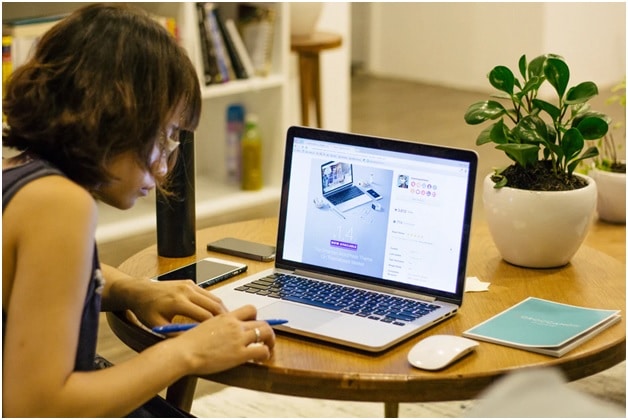 In the last 12 months, the way businesses operate has changed immeasurably. Millions of workers have been sent to work from their homes as part of the drastic changes needed to keep going during a crisis. And, for many individuals and businesses, it has worked.
In the last 12 months, the way businesses operate has changed immeasurably. Millions of workers have been sent to work from their homes as part of the drastic changes needed to keep going during a crisis. And, for many individuals and businesses, it has worked.
Adapting to remote work has been an unexpected, yet necessary, part of our year and it’s fair to say that the period of adaptation continues. As the world of work gets used to the changes 2020 has brought, here are some tips on how business owners and employees alike can adapt their workspaces for this new reality.
Your “office.” Not everyone has a designated office or study in their home. So, when remote working was thrust upon workers they had to make do with what they had.
Anyone who doesn’t have a dedicated office in their home needs – if they haven’t already – to create a separate working environment. Working from beds or parts of the house that have other functions – such as the dining table – can make it tricky to avoid distractions during the day and make it tough to switch off at night.
If you’re lucky enough to have a garden, and your employer is considering remote options on a more permanent basis, you might also consider building a summerhouse or outfitting a garage for work. This would allow you to properly have clear separation between work and home life.
Customizable steel buildings offer the ultimate outdoor construction if space and budget allows.
Even employers who don’t want to continue with remote working are having to re-assess the suitability of their workspace and whether it allows for social distancing and can be easily kept clean and secure.
PREMIUM CONTENT: The Future of Diversity and Inclusion in the Contingent Workforce
Your desk area. Home workers might have sufficed for a while, but long-term arrangements need to pay special attention to things such as desk space and how this is used properly.
It’s particularly important that this space is welcoming and tidy in terms of both productivity and also for your mental health.
Here’s some tips for a more comfortable remote working space:
- Your chair has to be comfortable. This is crucial.
- Add plants for a fresher room
- Have any stationery, paperwork or accessories close by, in an organizer or drawer for a less cluttered feel
- Add prints, flowers, or photo frames of things you love to make the area more inviting and less clinical.
Your lifestyle. Commutes are no longer your chance to turn off your brain, and it’s hard to do that when you walk from one room to another at the end of a busy day. Get outside for walks or other exercise as much as you can, leave your desk for lunch, and take regular breaks. You need to develop healthy habits even more than when you’re in an office environment. This will benefit your mental health more than you realize, especially during lockdowns and periods of isolation.
Working remotely full time hasn’t exactly been a seamless transition for everyone, but hopefully with this advice, you should be able to create a workspace that works for you for the foreseeable new reality.